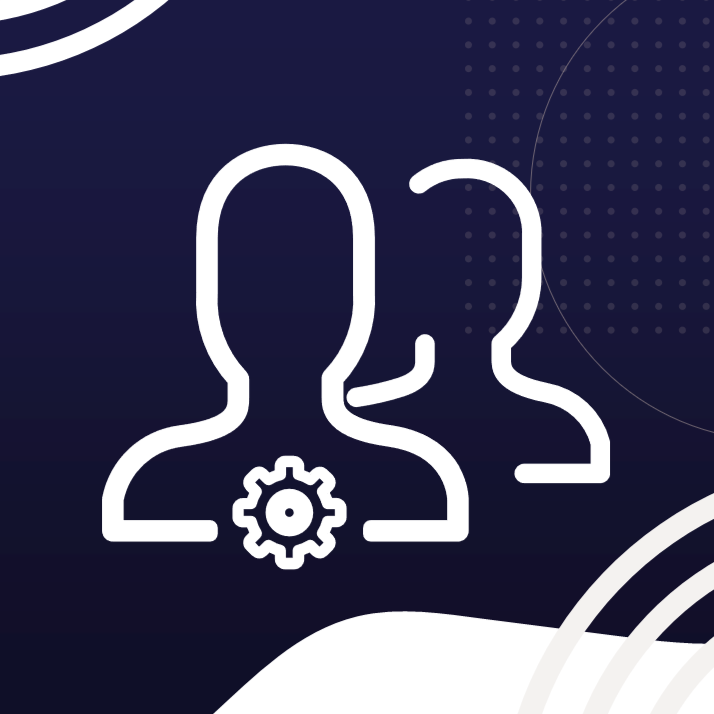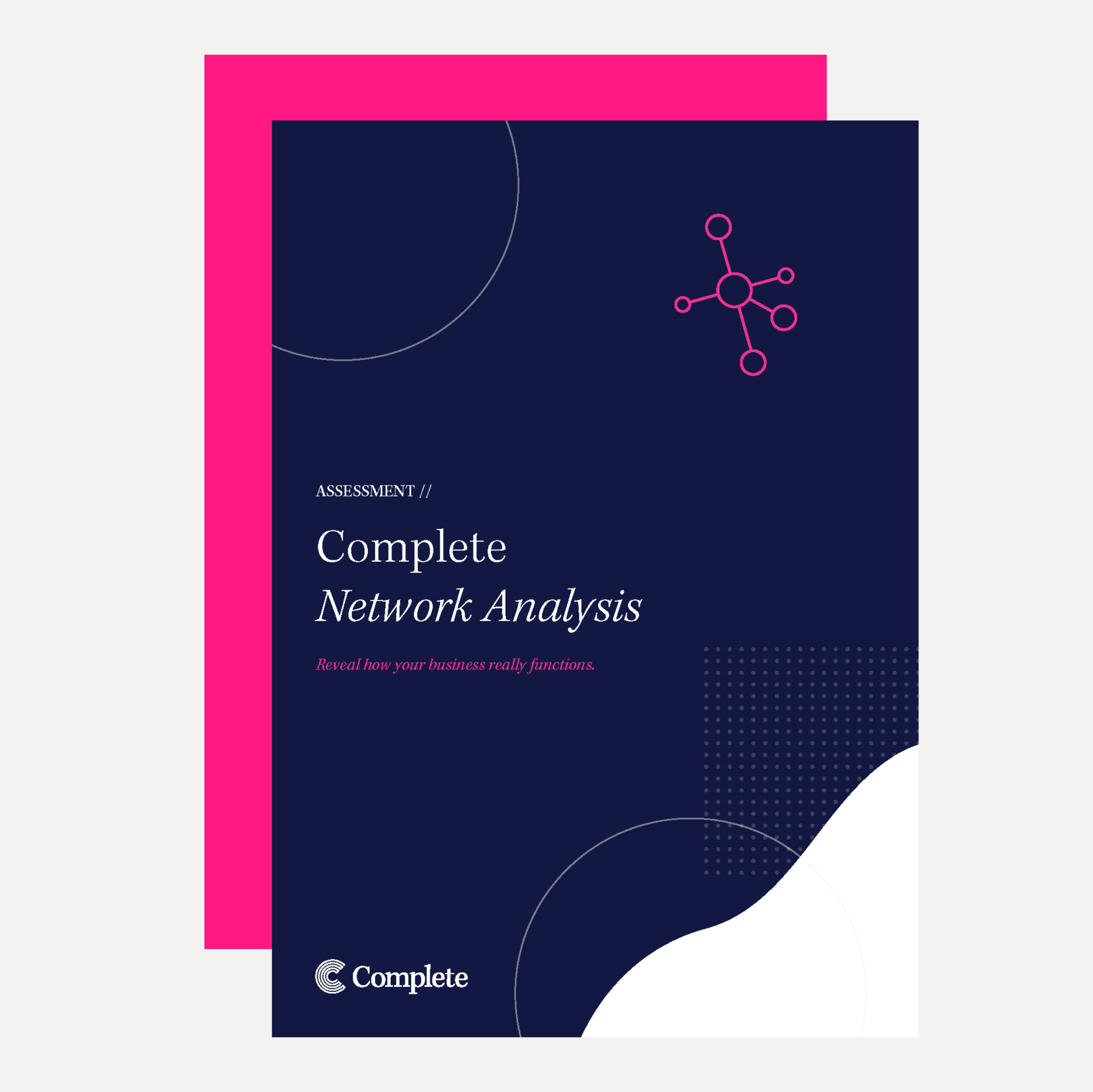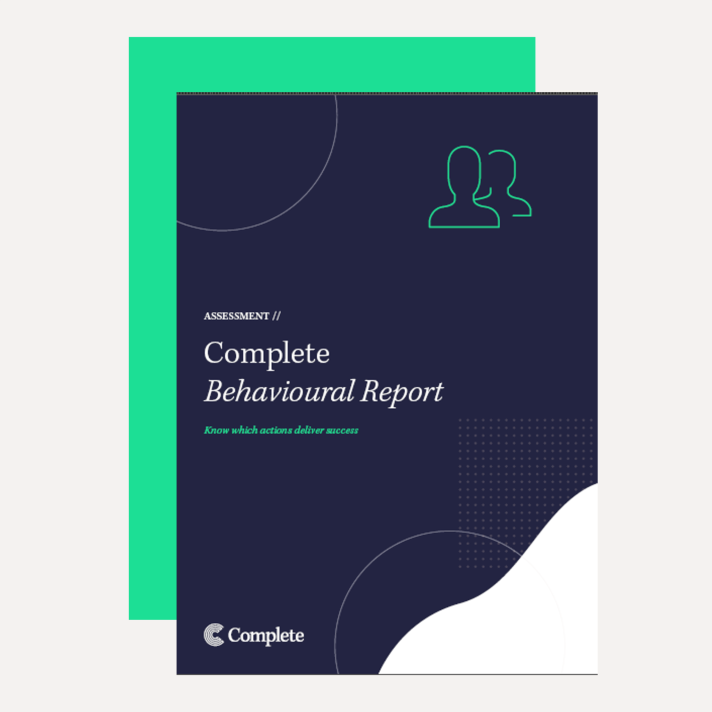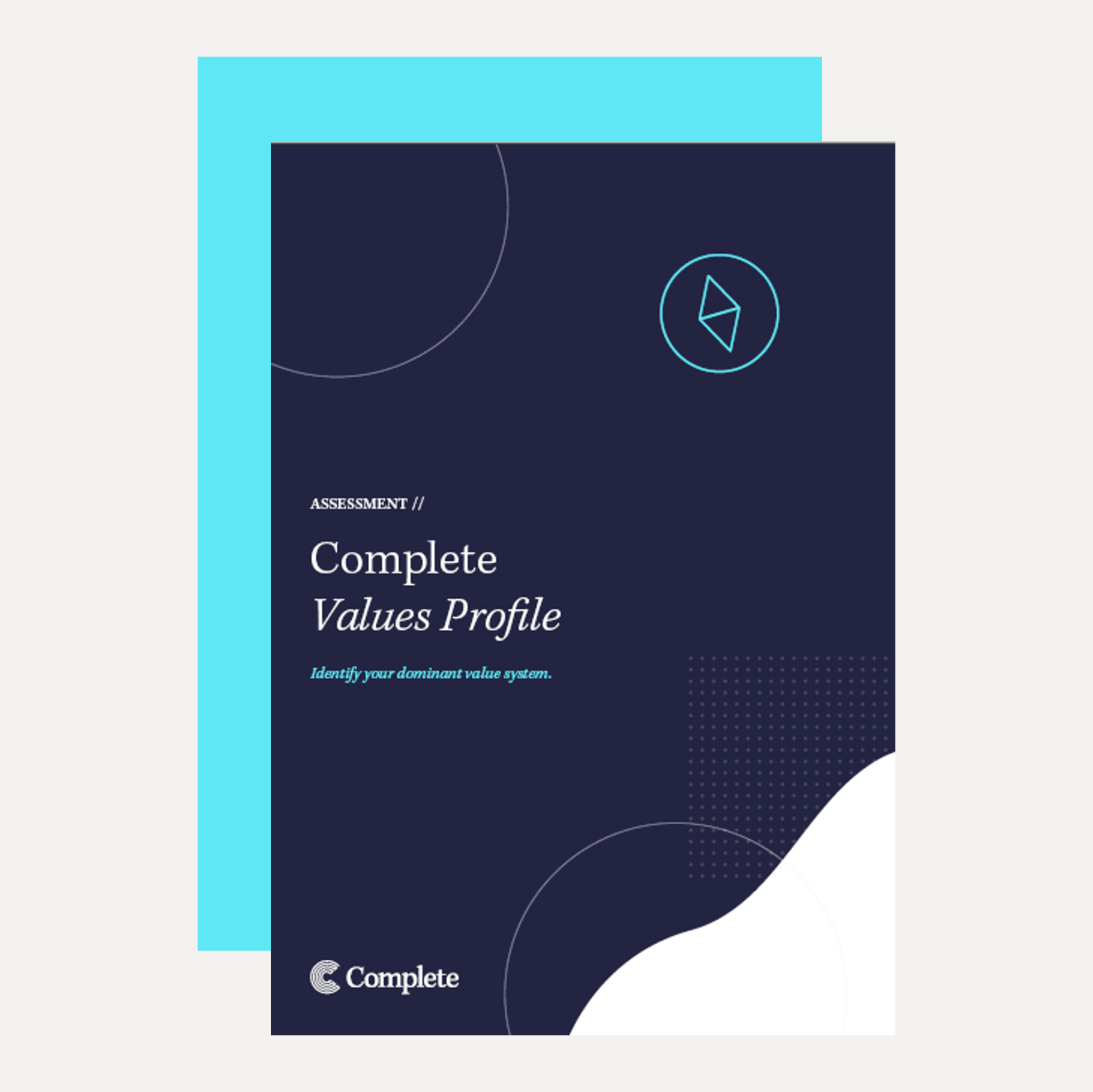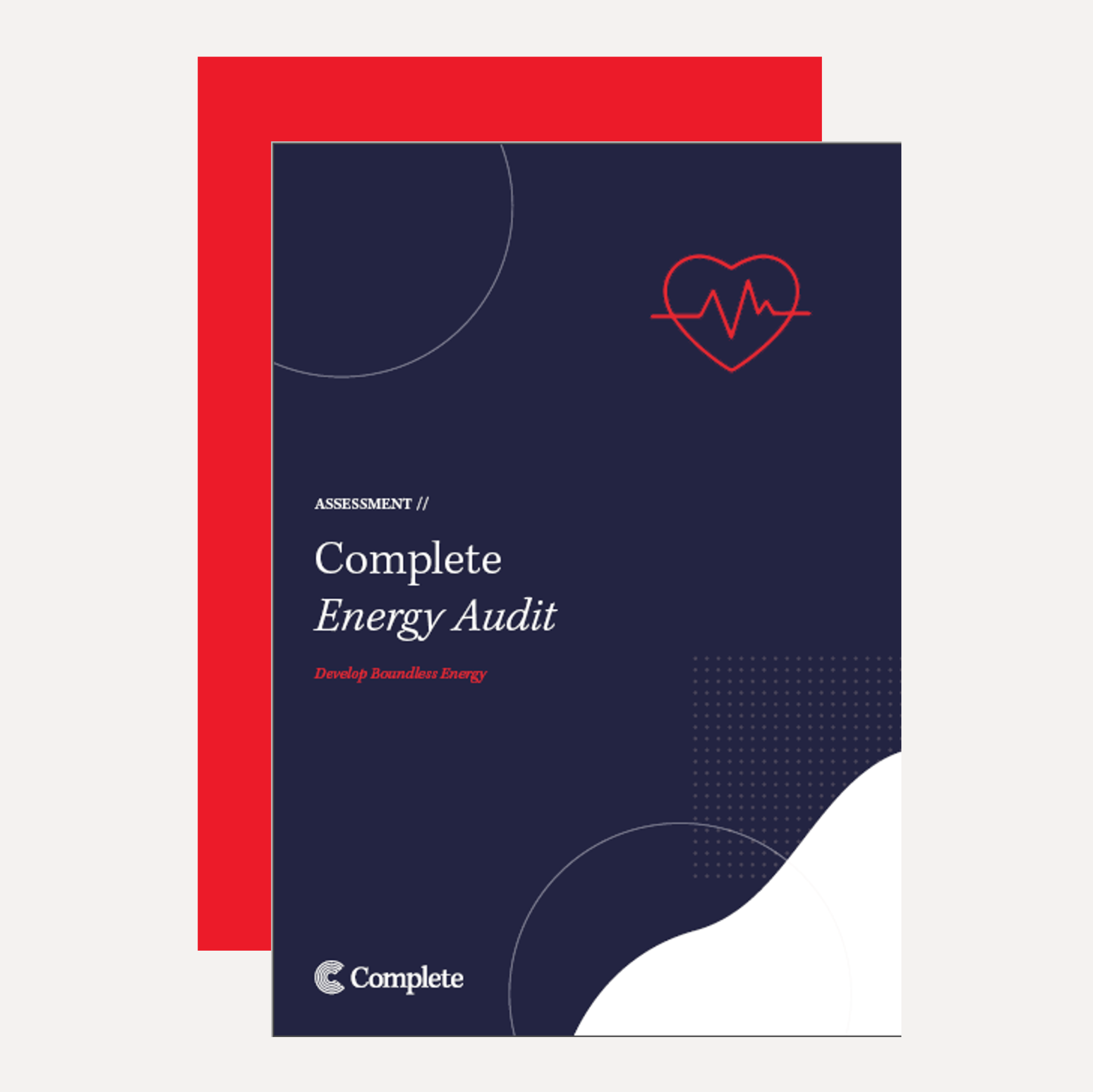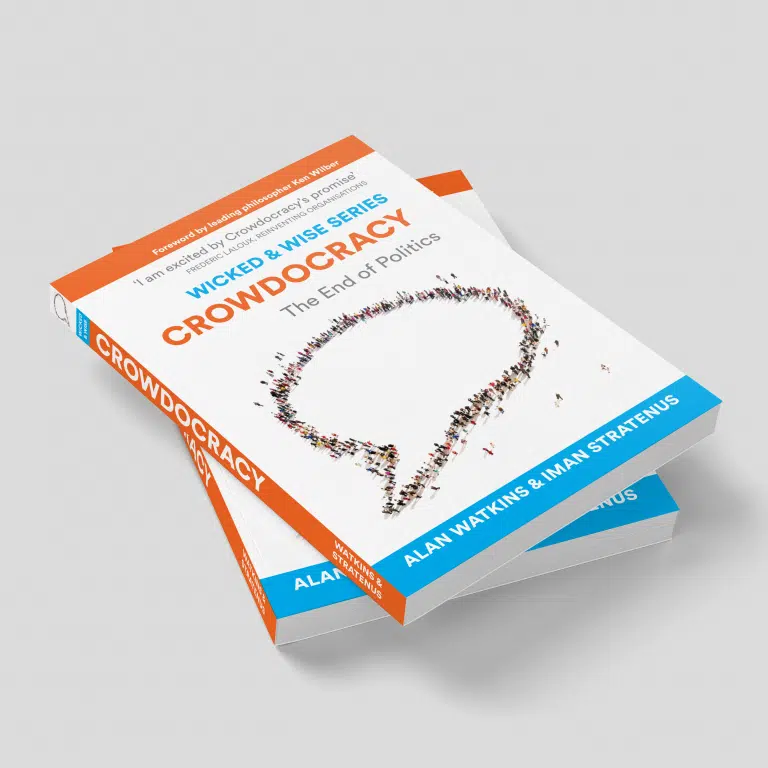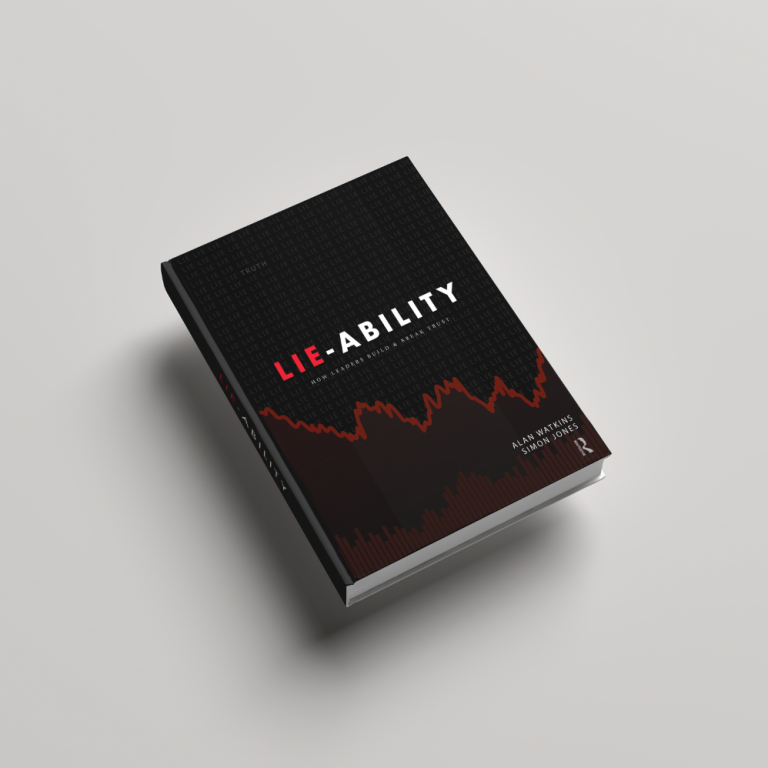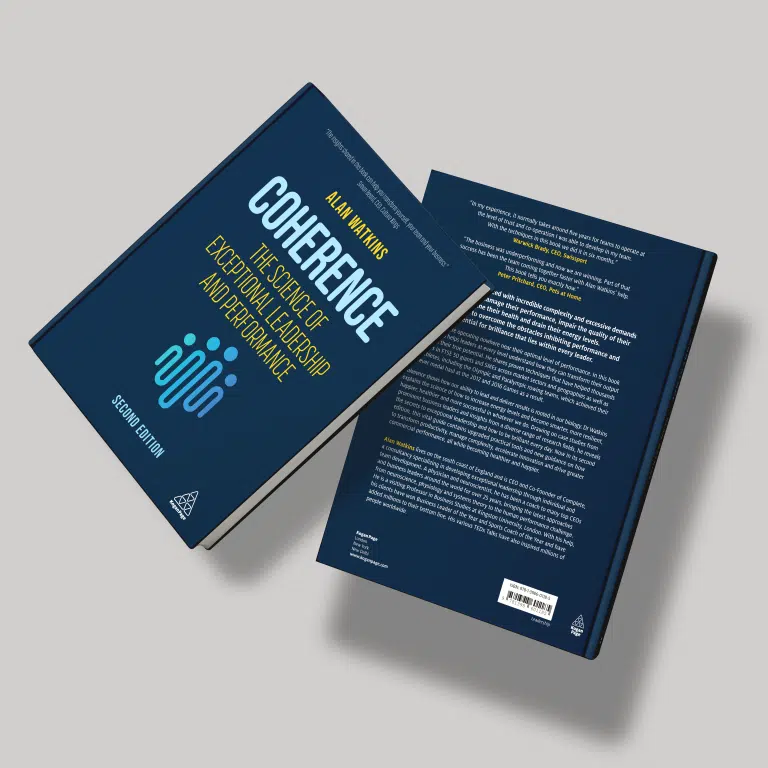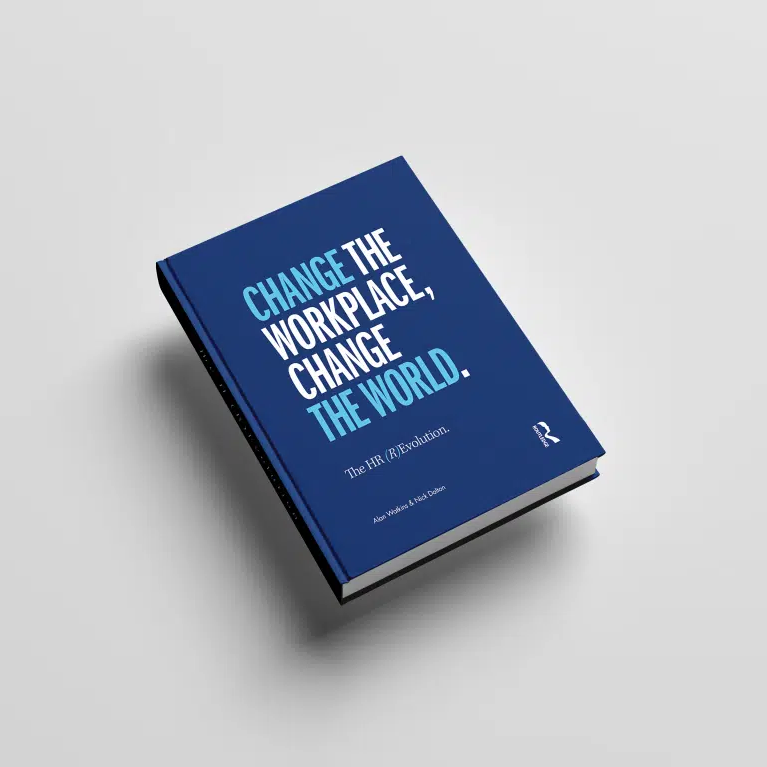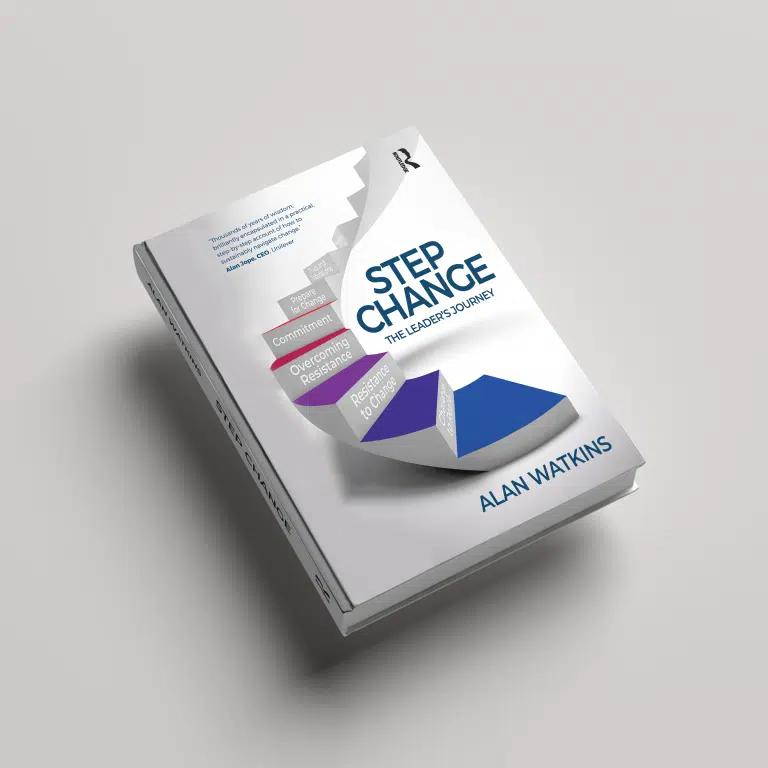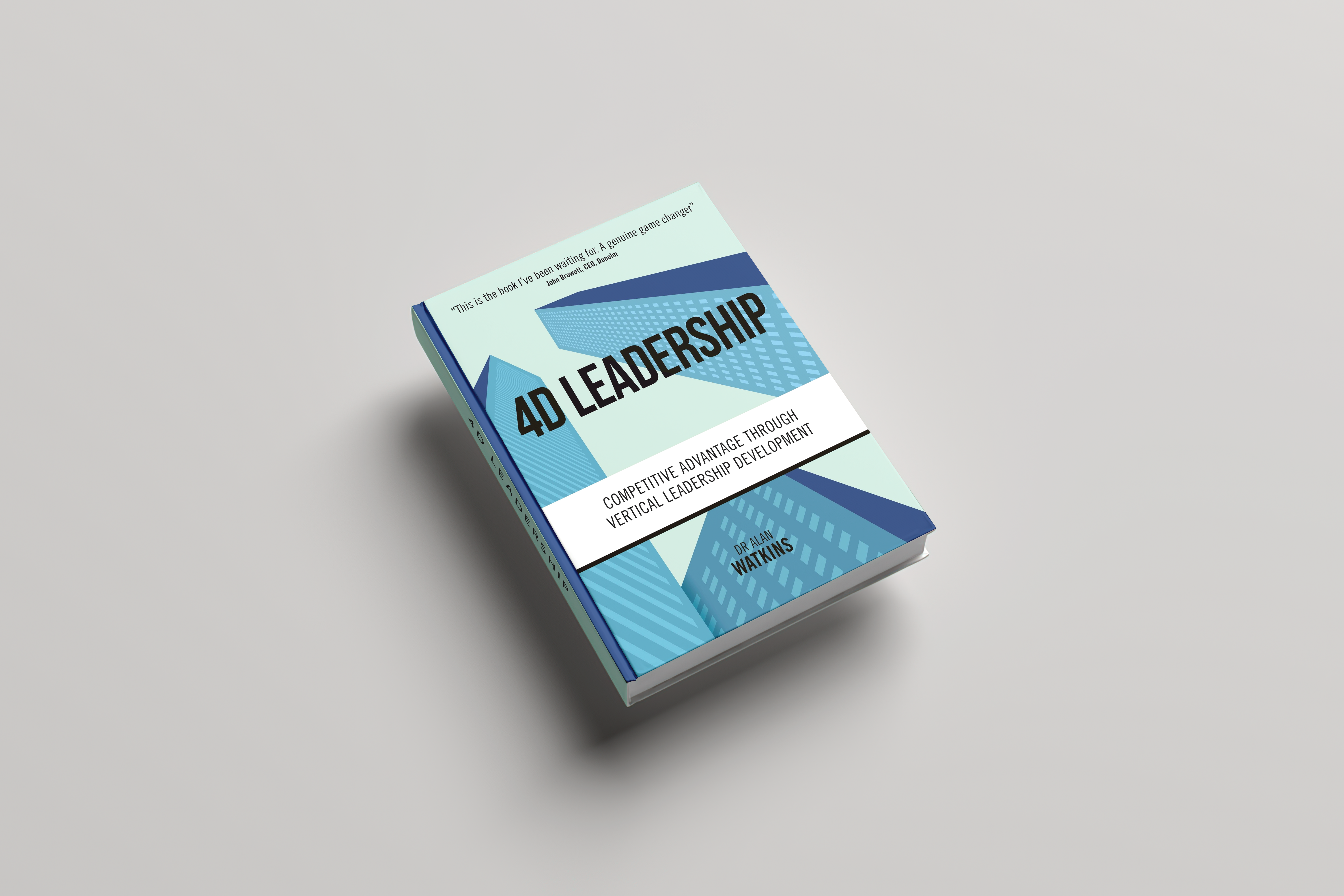Not long ago my daughter walked into the kitchen and announced, “It’s officially Ice-cream Day. We have to eat ice-cream. All day!”
My weakness for ice-cream is well known in the family so she probably expected an easy sell, but this was the day after Corn Fritters Day (messy) and less than two weeks after Tell the Truth Day (also messy) so I was growing suspicious of ‘official’ holidays that sound like they’ve been invented by a kindergarten class.
“That’s not a real thing,” I said.
“It started as a Presidential Proclamation by Ronald Reagan,” she said, casually handing me a bowl of vanilla and salted caramel.
Last week I told my daughter about British Science Week.
“That’s not a real thing,” she said.
When I showed her the website, she shrugged, but I could tell her interest was piqued. British Science Week this year is about growth, I told her. Then I sat her down, fitted her with my Bluetooth heart rate monitor, and connected that to the biofeedback tool in the Complete App. For five minutes, my daughter moved the on-screen graphics using nothing but her breath.
“Cool,” she said. “What is it?”
“It’s your heart rate variability,” I replied, “And if you want to keep growing a healthy body and a brilliant mind, you need to understand what it’s all about.”
We all know that our heart rate increases when we exercise or get excited, and slows down when we relax, but what most people don’t realise is that our heart rate is always in flux. The distance between one beat and the next is constantly changing, and this fluctuation is known as heart rate variability, or HRV.
HRV only came to prominence in the 1960s when it was used to monitor foetal stress during childbirth. Since then, it has become a hot research topic, accounting for more than 19,000 published scientific papers. This burgeoning interest is partly thanks to the evolution of technology. When Willem Einthoven developed his ground-breaking electrocardiogram (ECG) around the turn of the 20th century, the machine weighed 600 pounds and took five people to operate. Today, we can take a detailed measurement of an individual’s HRV using a device not much larger than a two pound coin.
This gadget is different from the many wearables today that incorporate HRV measurement into their health app data. Some of these rely on a snapshot of your HRV taken at a single point during your sleep; others provide a mean of the data acquired at various intervals across the night. But, although these technologies are undeniably impressive, they only provide a partial view of a person’s heart rate variability.
On the other hand, a full HRV recording taken over the course of 24 to 72 hours delivers a rich and continuous picture, revealing a significant amount about a person’s performance and energy levels, even the quality of their leadership. This kind of detailed analysis considers the full spectrum of heartbeats – approximately 100,000 – experienced by a person each day. By contrast, a full corporate medical might only record 1,000 beats, a regular trip to the doctor even less, and in both cases, what is measured is usually an average heart rate, not HRV. At Complete we have been studying leaders’ heart rate variability for more than 20 years and have one of the largest data bases in the world.
What does all that information tell us? That there are three main reasons HRV is important in business:
1. Health
HRV can predict the chances of severe illness, even death, and it also reveals how quickly we are likely to recover when we have been unwell. Of course, this kind of information is crucial to any individual, but it’s also vital for organisations hoping to manage and develop their talent.
Heart rate variability can also tell you how old you really are. Our chronological age and biological age can be quite different, depending on lifestyle factors and how well we manage our health. When my daughter measured her HRV in the app she had no problem achieving perfect cardiac coherence – when we are young, we have naturally high heart rate variability. But, from our teens onwards we lose about 3 per cent variability every year; a detailed HRV assessment can determine our biological age to within about one year. If we manage our physiology badly, we could end up biologically older than our years. On the other hand, if we manage our biology well and slow the natural HRV decline, we can be ‘younger’ than the number of candles on our birthday cake.
2. Energy
It’s astonishing what a three-day HRV assessment can tell a person about how much energy they have, their energy patterns, and how dynamic they are. A proper HRV analysis can tell you whether you have rich energy reserves or are running on fumes, whether you’re under short-term pressure or long-term stress, whether you’re struggling with motivation or endurance, what enhances and depletes your energy levels, and how efficiently you are using your available energy. It even tells you how resilient you are and the speed at which you’re likely to bounce back from stress. Anyone who’s ever been ‘wired but tired’ knows it’s possible to be on the brink of exhaustion while thinking you’re firing on all cylinders. HRV data tells you what’s really happening beneath the surface, which is what makes it so powerful.
3. Thinking
When we talk about HRV we are talking about the heart, the ‘engine room’ of the body, so it makes sense that variability affects our health and energy. What’s more surprising, though, is that HRV has a massive impact on our ability to think clearly and make good decisions. As evolved as we like to believe we are, our brain is still running some pretty old software, including a 200,000-year-old survival mechanism that effectively turns our brains off. When the primitive but super-sensitive threat detection centre of our brain perceives danger, our HRV signal becomes chaotic, leading to the shutdown of our frontal lobes – the parts of our brain where all the really clever stuff happens. This is caused by a process called ‘cortical inhibition’ and it’s part of the reason your mind goes blank when your boss unexpectedly turns to you in a big meeting and says, “So, what do you think?” These days you’re unlikely to find yourself chased by a pack of hungry wolves, but your brain doesn’t know that. It sees an agitated customer or demanding boss as an equally existential threat, so chaotic HRV is constantly at risk of disrupting your ability to think.
Luckily, for our health, energy and decision making, we can learn to improve our heart rate variability, effectively making us younger, smarter, healthier and more energetic. That’s great news for businesses, their leaders, and anyone who’s interested in living a longer, more vital life. For everyone else, Public Sleeping Day is on the 28th of February – sweet dreams.
Contact us to find out how HRV could unlock leadership insights into health, energy and decision-making in your organisation.










